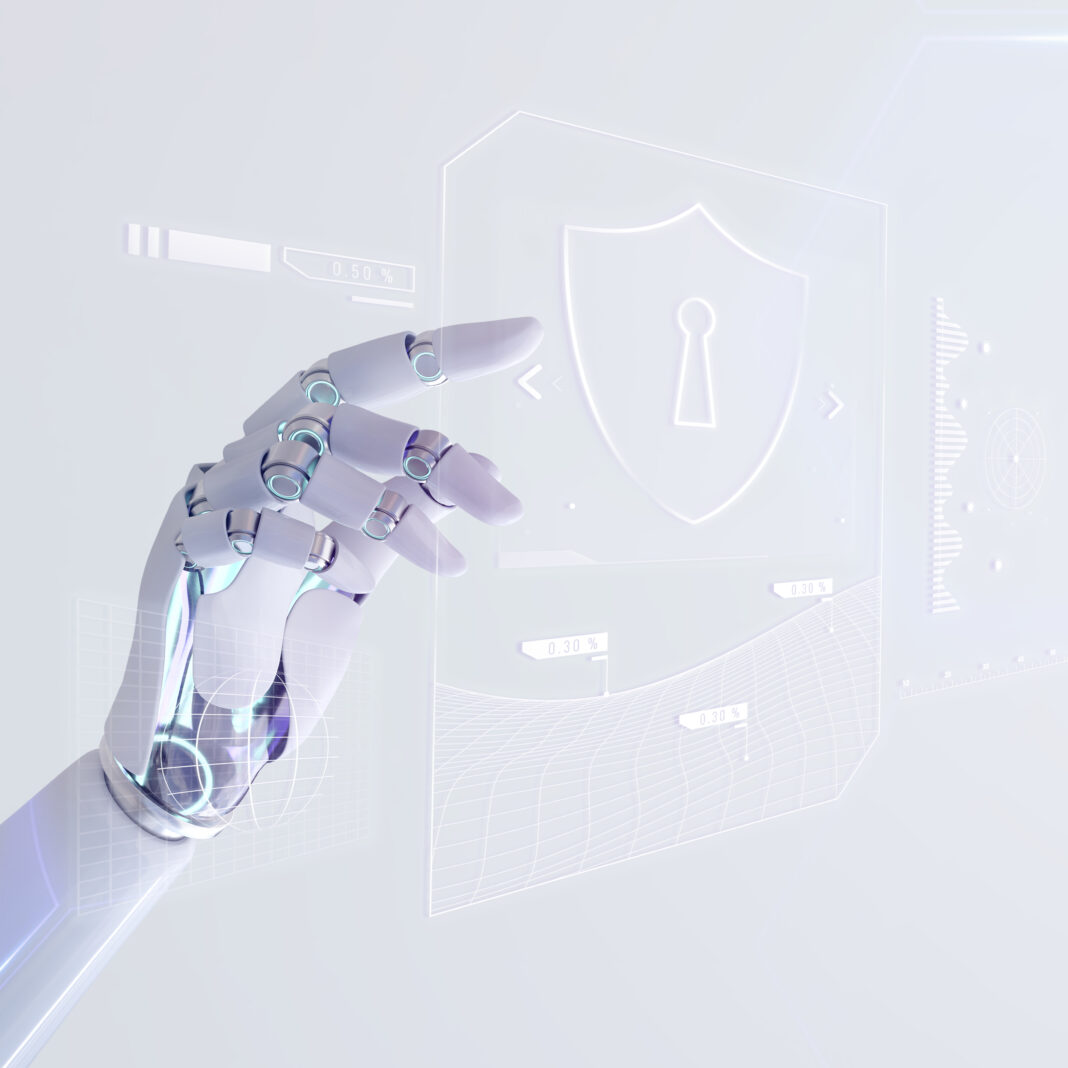The need for robust cybersecurity measures has become paramount in the ever-evolving landscape of cyberspace. As the frequency and sophistication of cyber attacks continue to rise, traditional security approaches need help to keep pace. However, the emergence of Artificial Intelligence (AI) has opened up new frontiers in the battle against cyber threats. Organizations can use AI to fortify their defenses and proactively detect and mitigate potential risks. This article explores the fascinating world of AI cybersecurity and delves into the remarkable facts and figures that highlight its effectiveness.
AI-powered Threat Detection
Traditional cybersecurity methods typically rely on predefined rules and signatures to identify and respond to threats. However, these static approaches often need to address the rapidly evolving nature of cyber attacks. AI-powered threat detection algorithms, on the other hand, leverage machine learning techniques to learn and adapt to new attack vectors continuously. By analyzing vast amounts of data in real time, AI systems can identify patterns, anomalies, and indicators of compromise that may go unnoticed by human analysts.
According to recent studies, AI-powered threat detection tools have shown tremendous promise. A report by Capgemini reveals that 69% of organizations using AI in their cybersecurity efforts have experienced a significant improvement in their ability to detect and respond to threats. Furthermore, AI-powered systems found false positives by up to 70%, enabling security teams to focus their efforts on genuine threats rather than chasing false alarms.
Predictive Analytics and Proactive Defense
In addition to threat detection, AI brings predictive analytics to cybersecurity. By analyzing historical data, AI algorithms can identify patterns and trends that signify potential future attacks. This proactive approach enables organizations to strengthen their defenses and implement preventive measures before an attack occurs.
A study conducted by Ponemon Institute reveals that organizations leveraging AI for predictive analytics in cybersecurity were able to detect and neutralize threats 12 times faster compared to those relying solely on traditional methods. Moreover, AI-driven predictive models achieved an impressive 95% accuracy rate in identifying potential security breaches.
Ai In Endpoint Protection
Endpoints, such as laptops, smartphones, and IoT devices, serve as vulnerable entry points for cybercriminals. Protecting these endpoints is critical for ensuring the overall security of an organization. AI-driven endpoint protection solutions have emerged as a game-changer in this domain.
AI-powered endpoint protection tools can identify suspicious activities and potential threats in real time by continuously monitoring endpoint activities and analyzing behavioral patterns. This capability is precious in combating zero-day attacks, where traditional signature-based solutions may fall short.
According to a report by Markets, the global AI in endpoint security market is projected to reach a value of $11.0 billion by 2025, growing at a compound annual growth rate (CAGR) of 37.2% during the forecast period. This rapid growth is a testament to the increasing recognition of AI’s effectiveness in safeguarding endpoints against evolving cyber threats.
Ai And The Human Factor
Despite the significant advancements in AI cybersecurity, human expertise remains indispensable. The symbiotic collaboration between AI systems and human analysts creates a powerful defense strategy. AI can automate mundane and repetitive tasks, augmenting the capabilities of human analysts. It, in turn, allows cybersecurity professionals to focus on more strategic and complex challenges.
A survey by EY indicates that 74% of organizations plan to increase their cybersecurity budget in the coming years, with a significant portion allocated to AI-driven technologies. It further reinforces the growing confidence in the potential of AI to enhance human efforts in combating cyber threats.
Conclusion
AI-powered cybersecurity solutions have revolutionized the fight against cyber threats. With their ability to detect, predict, and respond to attacks, these systems offer organizations a proactive and robust defense strategy. As the cyber landscape evolves, leveraging AI in cybersecurity becomes imperative. By embracing the power of AI, organizations can fortify their digital frontiers and protect against the ever-looming threats of the digital age.

